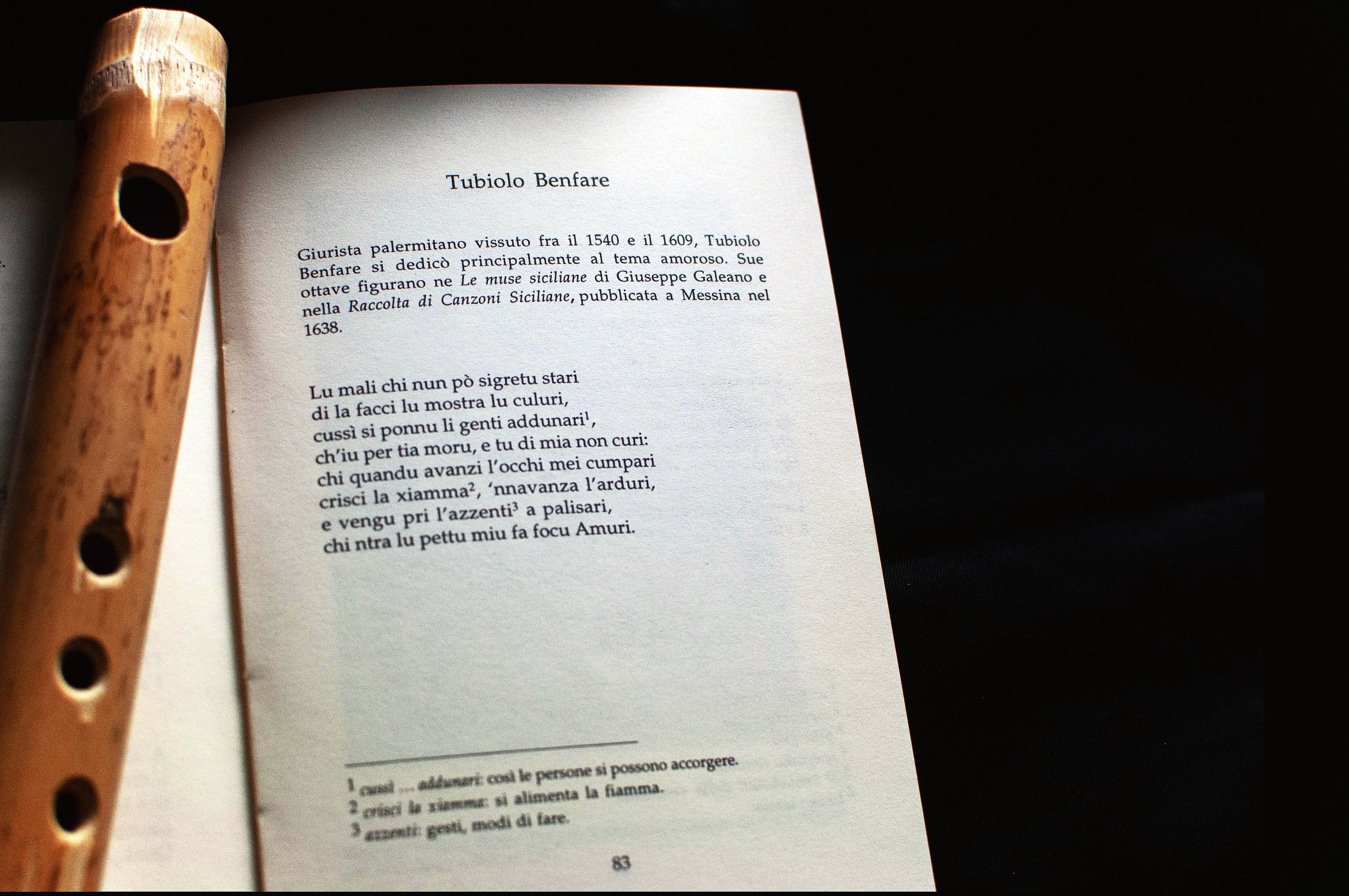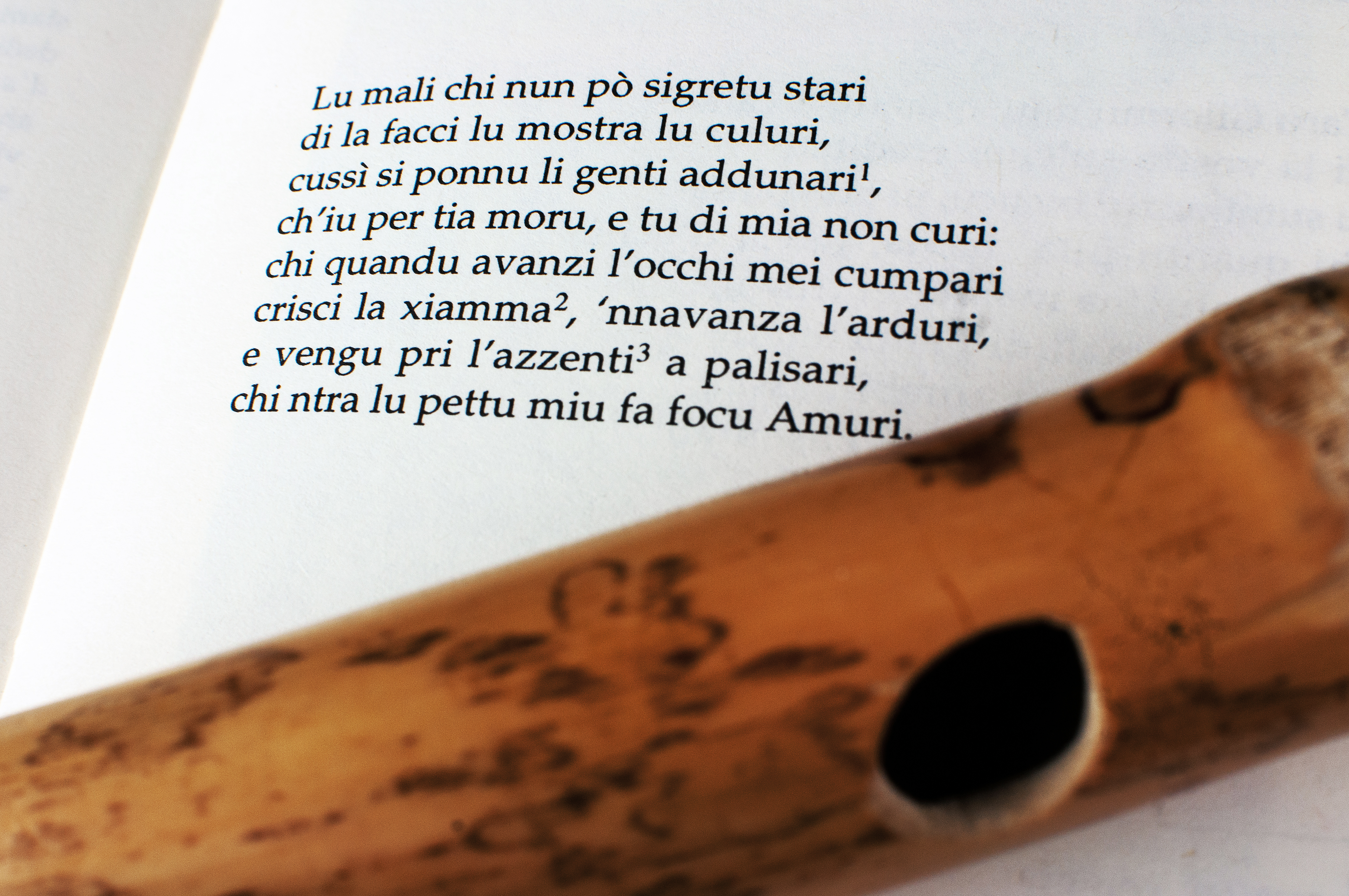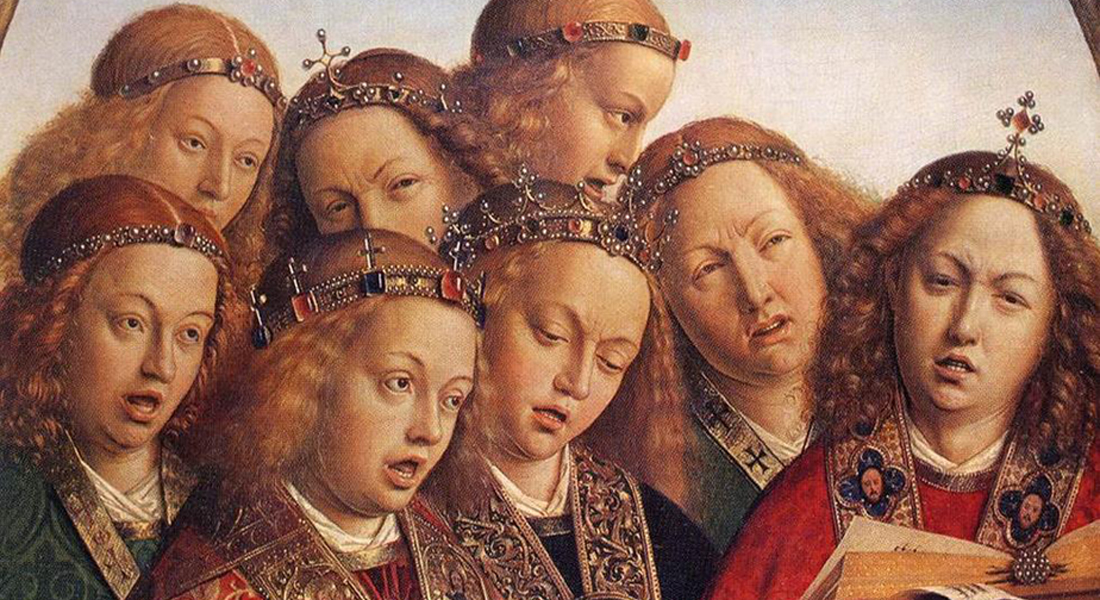
A double thread connects this piece to Mismedo. Here the inspiration from the original piece is present with an initial bell toll that evokes a mystical atmosphere.
The piece was conceived for its world premiere on June 16, 2017 in Barcelona PG and replicated a month later in Berlin.
Listening guide
The song that concludes the album is not a simple track inserted to complete the work but a real synthesis of Fracargio's thought. Indeed more: it completes the work and lays the foundations for the future. Certainly then we could not know what development our artistic thought would have had, but in the light of what will be the next release we can say that it is a prophetic work.
But let's go in order. The sound of the initial bell makes us return to the mystical-religious atmosphere of the first two pieces, reversing, however, the perspective: we are not inside the sound, but outside, as observers. Once again the beginning of the path is given by a noise: at minute 1:20 the breath of Francesco Lipari begins a slow and inexorable journey that will lead us to the discovery of a world made of sounds, noises, songs that will soon make part of our imagination.
In the meantime, the sound of the bell, which we also hear upside down, slowly begins to fracture, to become jagged until it almost disappears into sound dust by means of the granulation technique. Everything mixes with the sounds-noise produced by the performer who continues in the path of approaching the instrumental sound. Instrumental sound that arrives, around 6:30, from the vibraphone played with the violin bow: an extended technique of the instrument that transforms its temporal envelope, but leaving its timbre component substantially unchanged. This sound is immediately captured by the electronic component and further processed.
Just before the tenth minute the atmosphere becomes almost dreamlike. Various sound objects mix in a static and aimless aura, until the return of the sound of the bell marks the entrance of the song on the scene. Francesco's voice seems to seek the intonation of a song as if it emerged from his ancestral memory: a simple song, almost a childish dirge, but with a vibrant expressive force. And at 12:30 here it is, emerging as a ghost from the past, the song of the Miserere in the sicilian song makes its appearance and closes the circle of the path we were talking about at the beginning. It is from here that Fracargio started for his sound research in the work that will follow Agni Parthene. A path that sees the Sicilian language and being Sicilian at the center of his artistic reflection in the ambitious attempt to free this language and its culture from the ghetto of folklore alone to which they are unfairly placed.





